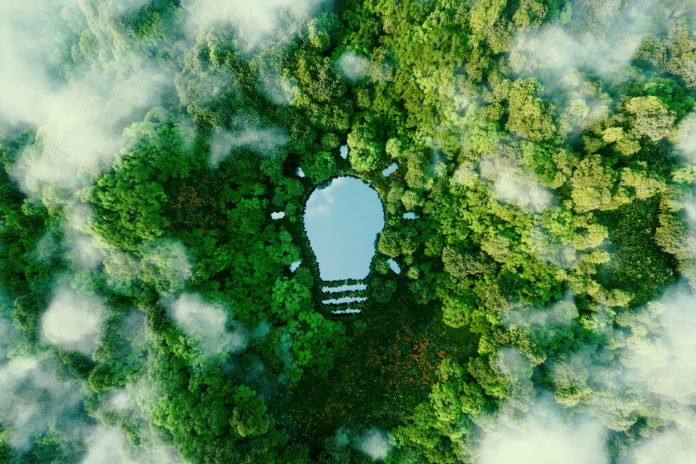The European Institute of Innovation and Technology (EIT) is increasing its commitment to inclusivity, innovation and sustainability through continued support for the New European Bauhaus (NEB)
The NEB blends art, design, and science to reimagine how people live and interact with their surroundings. At the heart of this movement, the EIT Community NEB is leading efforts to better innovative solutions for real-world challenges.
Blending art, science and sustainability
Launched in 2021, the EIT Community NEB brings together several of EIT’s knowledge and innovation communities, including Urban Mobility, Climate-KIC, Food, Manufacturing, Digital, and Culture and Creativity. Together, these groups have built a joint ecosystem that supports local projects, grassroots initiatives, and startups in developing and scaling NEB-aligned innovations.
The newly released NEB Facility roadmap for 2025–2027 outlines fresh funding opportunities and strategic tools to fast-track this mission. Supported by Horizon Europe and other EU programmes, the roadmap sets a clear path toward integrating NEB principles, sustainability, inclusiveness, and aesthetics, into daily life and policymaking.
In 2024, the EIT Community NEB launched six open calls that drew 379 applications from 22 countries. These calls resulted in a strong presentation of creativity and ingenuity at major events in Barcelona and Brussels, where diverse projects were celebrated, and new collaborations were formed.
Future focused programmes: Innovation and sustainability
Looking ahead, 2025 will see the EIT Community NEB intensifying its outreach and refining its programme offerings. The focus will remain on nurturing early-stage ideas through initiatives like Ignite NEB and Grow NEB, while the Catalyse NEB programme will accelerate promising startups. These efforts are designed to help innovative concepts mature into impactful solutions that can be deployed at scale across Europe.
As part of this strategy, 20 selected startups will receive targeted financial support and acceleration services to boost their visibility and market presence. Among them are Nest, Biosphere Solar, and ToGather Homes, three standout ventures the Joint Research Centre chose to represent European innovation at the Osaka World Expo on 14 April. Their participation highlights Europe’s leadership in sustainable development and its commitment to global cooperation on climate and urban challenges.
Helping citizens to shape their economy
Citizen engagement remains a cornerstone of the EIT’s vision. The Community NEB encourages residents to actively participate in redesigning their neighbourhoods and living spaces, ensuring that solutions are not only top-down but also deeply rooted in community needs and aspirations.
The roadmap also highlights the importance of scaling NEB-aligned initiatives through stronger cooperation with existing EU programmes. The EIT Community NEB is recognised as a critical enabler in this process, alongside major instruments like the Single Market Programme, LIFE, the European Innovation Council, InvestEU, and Cohesion Policy initiatives. This integrated approach bridges the gap between innovation and implementation, helping cities and European communities adopt transformative practices more effectively.
The EIT Community NEB redefines how Europe approaches sustainability and innovation by creating a structured journey from concept to impact. Collaboration, funding, and community-driven action continue to shape a more inclusive, beautiful, and sustainable future.











